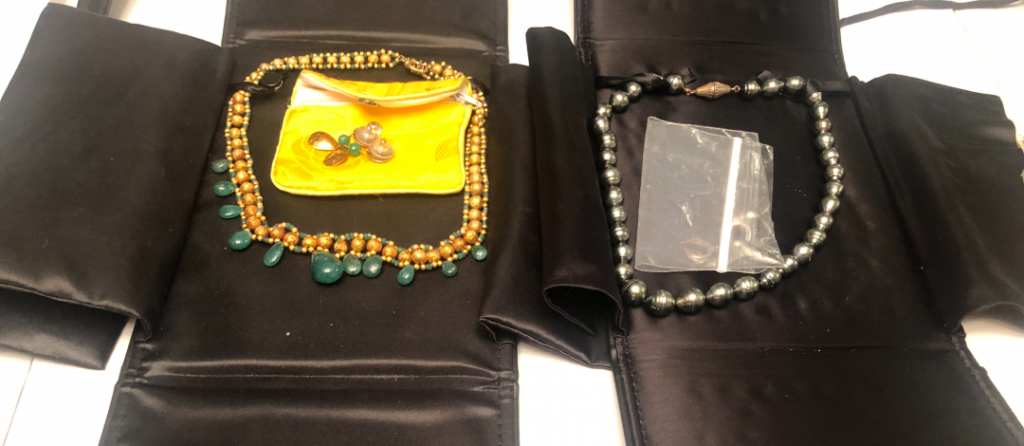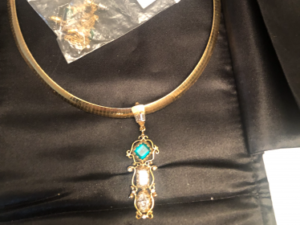Just like art, jewelry is a highly subjective area. With the exception of some of the component basics (like weight, carat, and quality), the value of jewelry is entirely driven by its marketability. What was popular in the 1950s may not sell today. And what is popular today might not sell in 20 or 30 years.


This is one area where we have experienced our clients’ frustrations firsthand. After all, who among us hasn’t thought of a treasured piece of jewelry as a potential financial security blanket? All too often, we look at the jewelry we buy as having one expected trajectory: up. Sadly, that’s often not the case. Specifically, if the piece was originally purchased at a luxury retailer, with a significant markup, it’s rare that it will hold its original value.
For example, we recently had to give the heart-wrenching news to a client that her necklace (originally purchased for $18,500 from a major luxury retailer) was now worth approximately $8,000 at auction. The depreciation is a result of both the original markup and fashion trends.
When considering jewelry, it’s important to ask two questions:
The most important thing you can do when addressing your jewelry collection is to hire a GIA certified gemologist. You can’t make decisions without knowing what you have and what it’s worth. This is why an initial appraisal is a must. If you have paperwork on your pieces, that’s even better. With jewelry, as with art, provenance matters.

Jewelry’s value depends on two things: your personal appreciation of it and its component value. In order to rightsize your jewelry collection, we recommend the following steps:
All my best,
Claudia